 The Internet Archive (IA) is a non-profit digital library with the stated mission of “universal access to all knowledge.” They have a lot going on, from the Wayback machine that archives websites (including this one) to old video games to TV shows to books (also through Open Library).
The Internet Archive (IA) is a non-profit digital library with the stated mission of “universal access to all knowledge.” They have a lot going on, from the Wayback machine that archives websites (including this one) to old video games to TV shows to books (also through Open Library).
As a regular user of the local physical library, I often read a book but later recall part of an idea or quote but not the entire context. Since I don’t own the book, I can’t just flip through it and look it up. Recently I’ve often been able to scratch that itch by instantly borrowing the book for an hour via IA.
How can I do this? They operate under the Controlled Digital Lending (CDL) theory of copyright law. My understanding is that they obtain a physical copy of a book, scan it, and then lend out that digital copy on a 1-to-1 basis. Using encrypted digital files, they can ensure that only one person is actually “reading” that book at a time. Once that person returns the book, then another person can borrow it, and so on.
Controlled digital lending is how many libraries have been providing access to digitized books for nine years. Controlled digital lending is a legal framework, developed by copyright experts, where one reader at a time can read a digitized copy of a legally owned library book. The digitized book is protected by the same digital protections that publishers use for the digital offerings on their own sites. Many libraries, including the Internet Archive, have adopted this system since 2011 to leverage their investments in older print books in an increasingly digital world.
They either allow a 1-hour or more traditional 14-day loan period depending on their inventory:
Patrons now have a choice in selecting the loan period when they borrow a book. Patrons can choose a short-term access for 1 hour, or a longer 14-day loan. If we only have 1 copy of a book, it is only available for 1 hour loan. If we have more than one copy of a book, it can be checked out for either 1 hour or 14 days, depending on availability. If there are no copies available for 14-day loans, users can join a waitlist.
However, four major publishers are currently suing the Internet Archive over this practice. I am not a legal expert and can definitely understand how they wouldn’t want the latest bestseller distributed this way as they currently charge libraries a much higher price for lendable eBook versions than physical versions. I can also understand that some authors feel that they are losing book royalties. I certainly wouldn’t want unlimited, unrestricted free digital copies everywhere. But one-to-one for books bought when there was no digital version? Don’t traditional libraries theoretically cut into book sales too? Or do they actually help book sales? Or is the public benefit that makes it okay?
In my experience, every scanned book I’ve read on the Internet Archive would be rather painful to read over longer periods and the text is non-searchable, so the site does not replace my local library nor my regular purchases of new and used books. But I can see how if the convenience improves any further, it could soon make a significant impact.
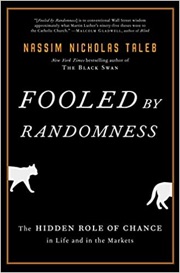
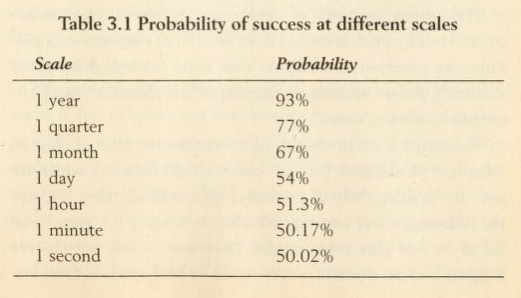
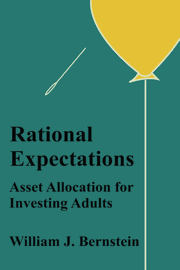
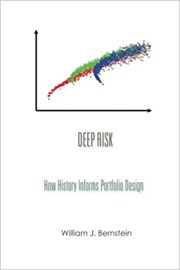 The third book in the “Investing for Adults” series by William Bernstein is
The third book in the “Investing for Adults” series by William Bernstein is 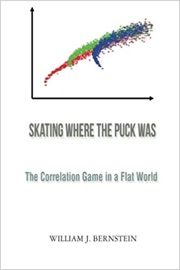
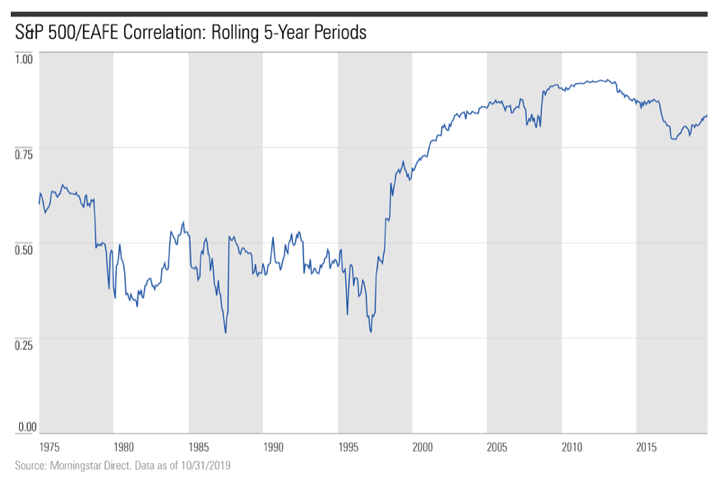
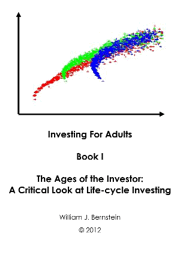
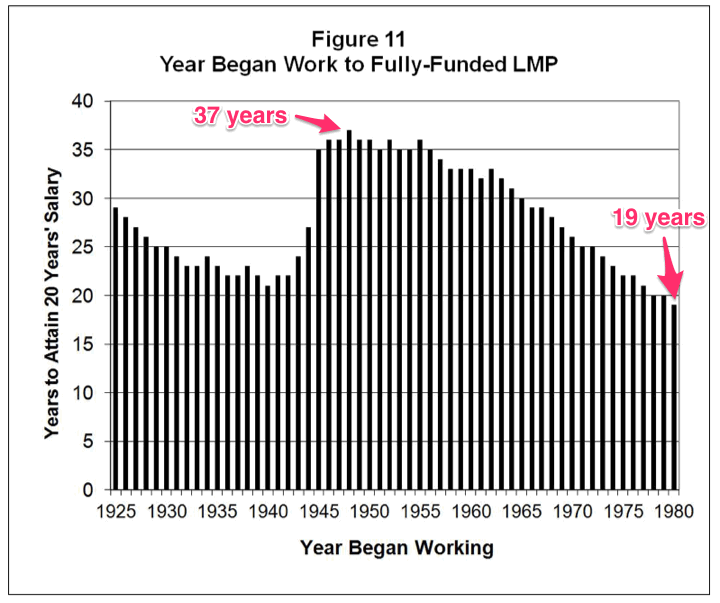
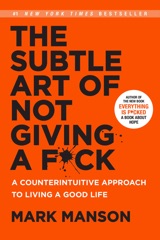

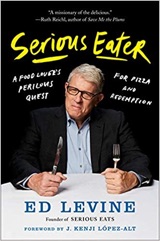
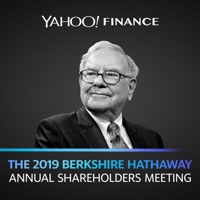 At every
At every 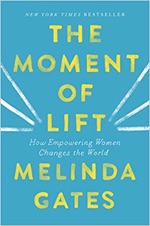 The Moment of Lift: How Empowering Women Changes the World
The Moment of Lift: How Empowering Women Changes the World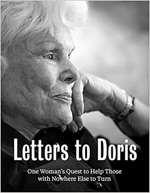 Letters to Doris – One Woman’s Quest to Help Those with Nowhere Else to Turn
Letters to Doris – One Woman’s Quest to Help Those with Nowhere Else to Turn The Future Is Asian: Commerce, Conflict, and Culture in the 21st Century
The Future Is Asian: Commerce, Conflict, and Culture in the 21st Century Saudi America: The Truth about Fracking and How It’s Changing the World
Saudi America: The Truth about Fracking and How It’s Changing the World Berkshire 50th Anniversary
Berkshire 50th Anniversary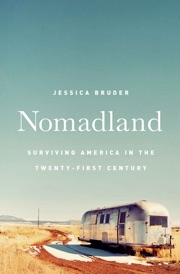
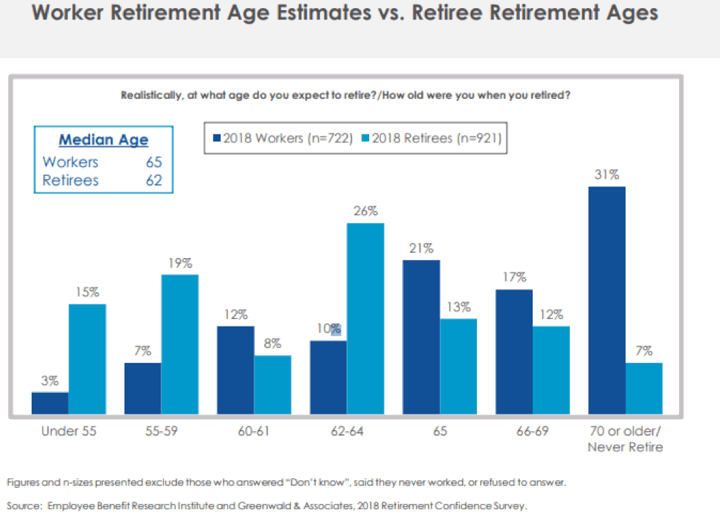
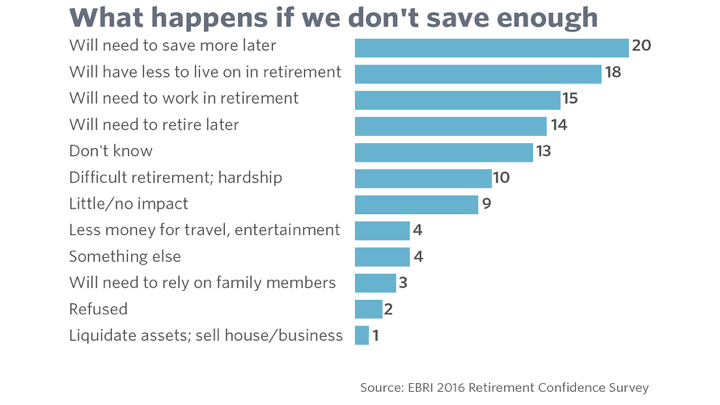
 The Best Credit Card Bonus Offers – 2025
The Best Credit Card Bonus Offers – 2025 Big List of Free Stocks from Brokerage Apps
Big List of Free Stocks from Brokerage Apps Best Interest Rates on Cash - 2025
Best Interest Rates on Cash - 2025 Free Credit Scores x 3 + Free Credit Monitoring
Free Credit Scores x 3 + Free Credit Monitoring Best No Fee 0% APR Balance Transfer Offers
Best No Fee 0% APR Balance Transfer Offers Little-Known Cellular Data Plans That Can Save Big Money
Little-Known Cellular Data Plans That Can Save Big Money How To Haggle Your Cable or Direct TV Bill
How To Haggle Your Cable or Direct TV Bill Big List of Free Consumer Data Reports (Credit, Rent, Work)
Big List of Free Consumer Data Reports (Credit, Rent, Work)